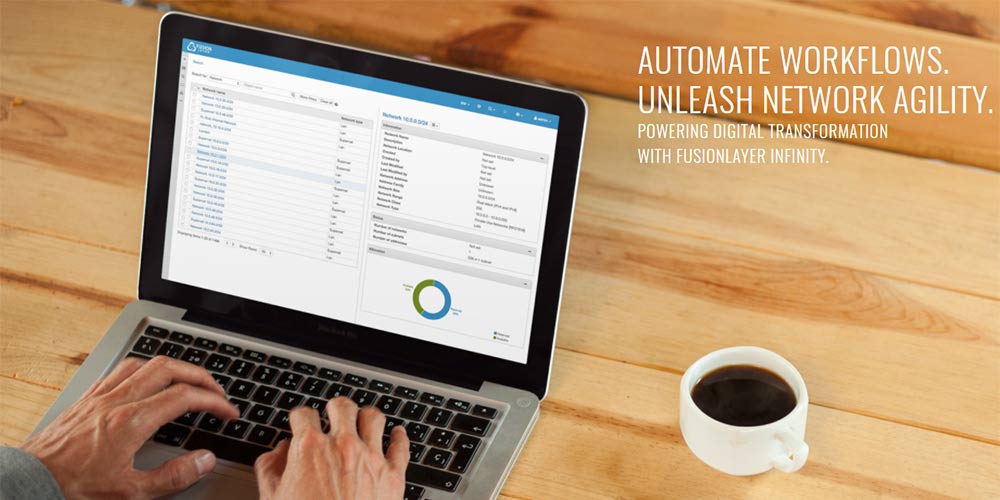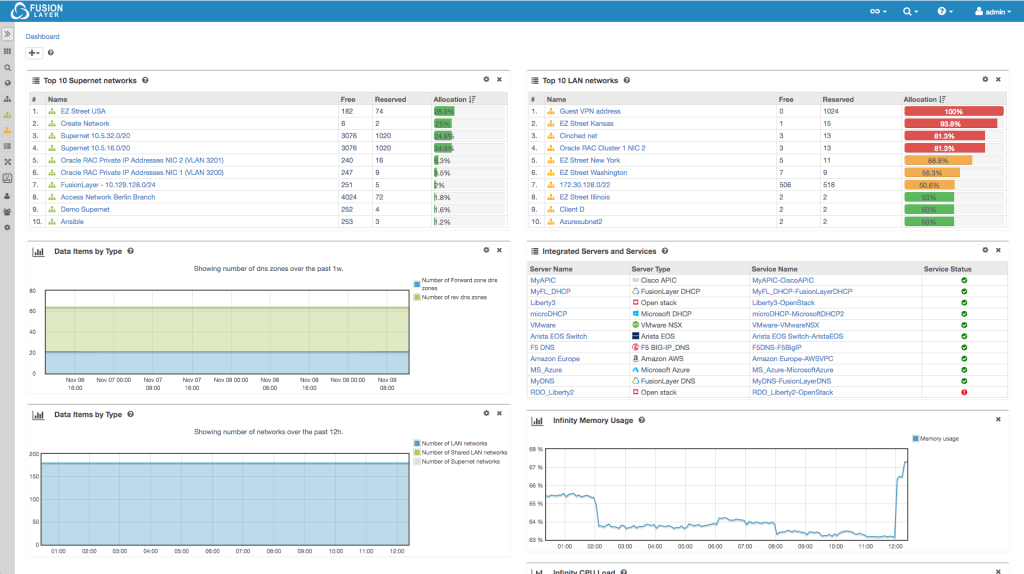As a company, FusionLayer is a spin-off from Nixu Corporation – cyber security company that went public in December 2014. Due to its background, the company has a long operating history in the DNS, DHCP and IPAM (DDI) realm with several customer relationships that go back for more than 15 years. To find out more we sat down with Jeremy Stacy, Marketing Executive at FusionLayer, Inc.:
Q: Could you provide our readers with a brief introduction to FusionLayer?
A: The FusionLayer name is based on our technology vision. As digital transformation advances, we believe that large Information Technology architectures will involve many orchestrators that automate different processes. As all these different systems are connected by networks, there has to be a solution in place that allows them to work seamlessly together.
This is where FusionLayer comes in — we provide the layer that fuses all the automated processes together on the network level. In the era of multi-cloud and machine networks, this is something that both enterprises and service providers will benefit from.
 Recommended: Gushcloud Raises $3M In A New Funding Round To Further Expand Its Influencer Marketing Digital Footprint
Recommended: Gushcloud Raises $3M In A New Funding Round To Further Expand Its Influencer Marketing Digital Footprint
Q: What advantage does FusionLayer have over its competitors?
A: The key differentiators of FusionLayer Infinity are scalability, flexibility and streamlined user experience. Our customers have been able to save several network engineering man-years after deploying FusionLayer, leading to a quick pay-back and a high ROI.
But while the business case is obviously important, what our customers are really looking for is the ability to automate their network, IP and DNS assignments in large multi-tenant environments. This is an area where manual processes still prevail, as traditional DDI solutions are not able to accommodate the cloud-native architectures.
The problem with manual steps in otherwise automated workflows is two-fold. First, they destroy the agility benefits because an automated process is only as quick as its slowest phase. Second, the manual steps also introduce compliance issues because there is no proper system in place for things like real-time network visibility, audit trails and access control.
The most commonly used tool in this area is an excel spreadsheet, and we often compete with traditional DDI vendors like Infoblox. As both have been originally designed for different use-cases, we provide concrete advantages to organizations that consider digital transformation as a strategic priority.
Q: You have recently announced some new integrations with your Infinity product. Can you tell us something about these and why they are important?
A: Yes, Ansible by Red Hat recently launched a new version that comes with a built-in support for FusionLayer Infinity. Additionally, we have recently introduced plug-and-play integrations with Microsoft Azure and Amazon AWS. However, Ansible is an interesting case as it is rapidly gaining market share and is a hugely popular solution within the DevOps community, this allows infrastructure and network teams to offer a REST API that DevOps can easily integrate against.
As multi-cloud and containers gain momentum, there are nowadays quite a few DevOps teams in large organizations. These teams are all about the agility and APIs. Yet at the same time, the infrastructure and the network side of the operations is still operating under a slightly more structured model. This often involves manual and slow processes that may frustrate the DevOps.
This is why the Ansible announcement was so significant. By implementing FusionLayer Infinity in their environments, the infrastructure and the network teams are able to offer an internal REST service that the DevOps running Ansible can easily integrate with. Because Ansible now comes with native support for FusionLayer, the only thing the DevOps have to do is to call the Infinity REST from their CLI.
So essentially, this is plugless-play that goes one step further from the popular plug-and-play.
 Recommended: Badu Networks Addresses The TCP And Network Optimization Problems Of The Coming Next-Gen 5G Mobile Networks
Recommended: Badu Networks Addresses The TCP And Network Optimization Problems Of The Coming Next-Gen 5G Mobile Networks
Q: What geographic markets are you focusing on currently? What can we expect from FusionLayer in next four months? What are your plans?
A: The FusionLayer solution has global resonance as organizations around the world are making digital transformation a strategic priority. Right now, we are working on cases in North America, Latin America, Europe, Africa, South East Asia and Australia, so our activities are pretty global.
To keep up with the accelerating demand, our plans for the next four months are very customer-driven. About 70% of our efforts go towards the customer cases we are currently working on, and the other 30% is set aside for recruiting and training suitable channel partners.
Our go-to-market strategy continues to be based on direct touch – that means we engage with customers directly even when operating with local partners — but our strategy is to increasingly leverage our partners.
Activate Social Media:


